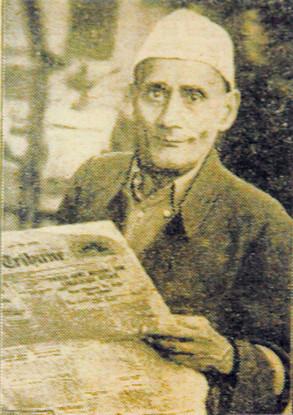Was blown off by troops in 1971 to prevent Ferozepur advance by Pakistan

Anirudh Gupta
Ferozepur, August 12
Fourty-seven years after four spans of the bridge over the Sutlej along the Hussainiwala barrage were “blown off” by Indian troops during the 1971 India-Pakistan war to prevent Pakistani armoured forces from advancing towards Ferozepur, Union Defence Minister Nirmala Sitharaman on Sunday dedicated a new bridge at the site.Completed by the Border Roads Organisation (BRO), this strategically important 280-foot-long bridge will benefit residents of 12 border villages in Hussainiwala enclave, besides supporting offensive operations towards Kasur, located south of Lahore in Pakistan.Sitharaman said it was an honour for her to inaugurate the bridge — blown off on the night of December 3-4, 1971 — at this “historic and sacred place” where martyrs Shaheed Bhagat Singh, Sukhdev and Rajguru were unceremoniously cremated by the British. After the 1971 war, the Army built a Bailey bridge to restore communication from the Hussainiwala barrage to Ferozepur. As the temporary bridge developed cracks, the Army decided to replace it. Subsequently, the BRO was entrusted with ‘Project Chetak. Engineers of 49 Border Road Task Force completed the new bridge on existing piers and abutment.“This bridge will promote business, agriculture and better movement of Army vehicles and ammunition,” Sitharaman said, lauding the BRO for completing the project ahead of schedule.“We will never allow the enemy to occupy an inch of space of this land ever,” she told the jawans who raised slogans of “Western Command Zindabad”. At the National Martyrs Memorial, a teary-eyed Sitharaman paid tributes to the martyrs.Meanwhile, Punjab minister Rana Gurmit Singh Sodhi and MP Sher Singh Ghubaya handed over memorandums to her. Sodhi demanded that farmers with land-holdings between the barbed wire fence and Zero Line be paid relief at Rs 20,000 per acre and they be granted proprietary rights.
















































































